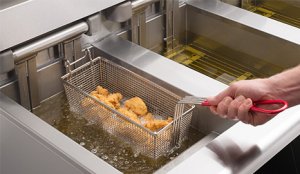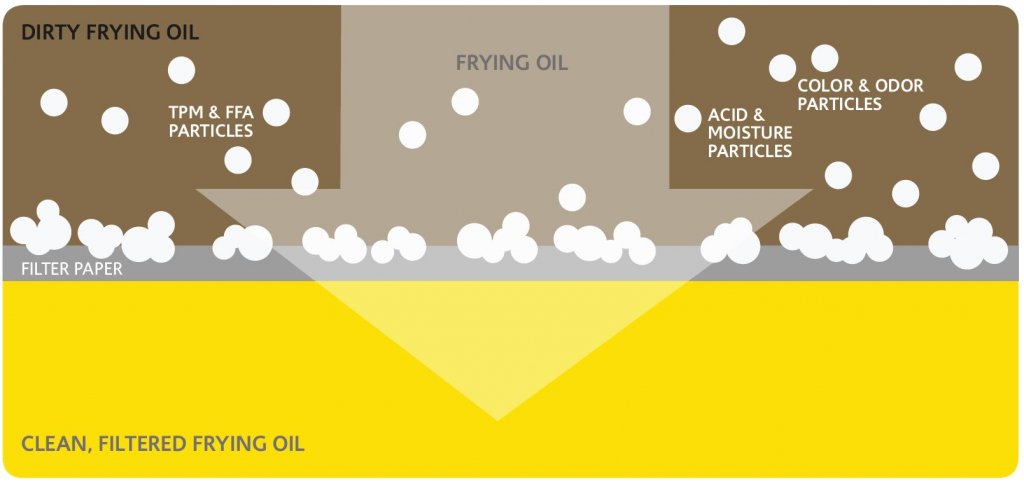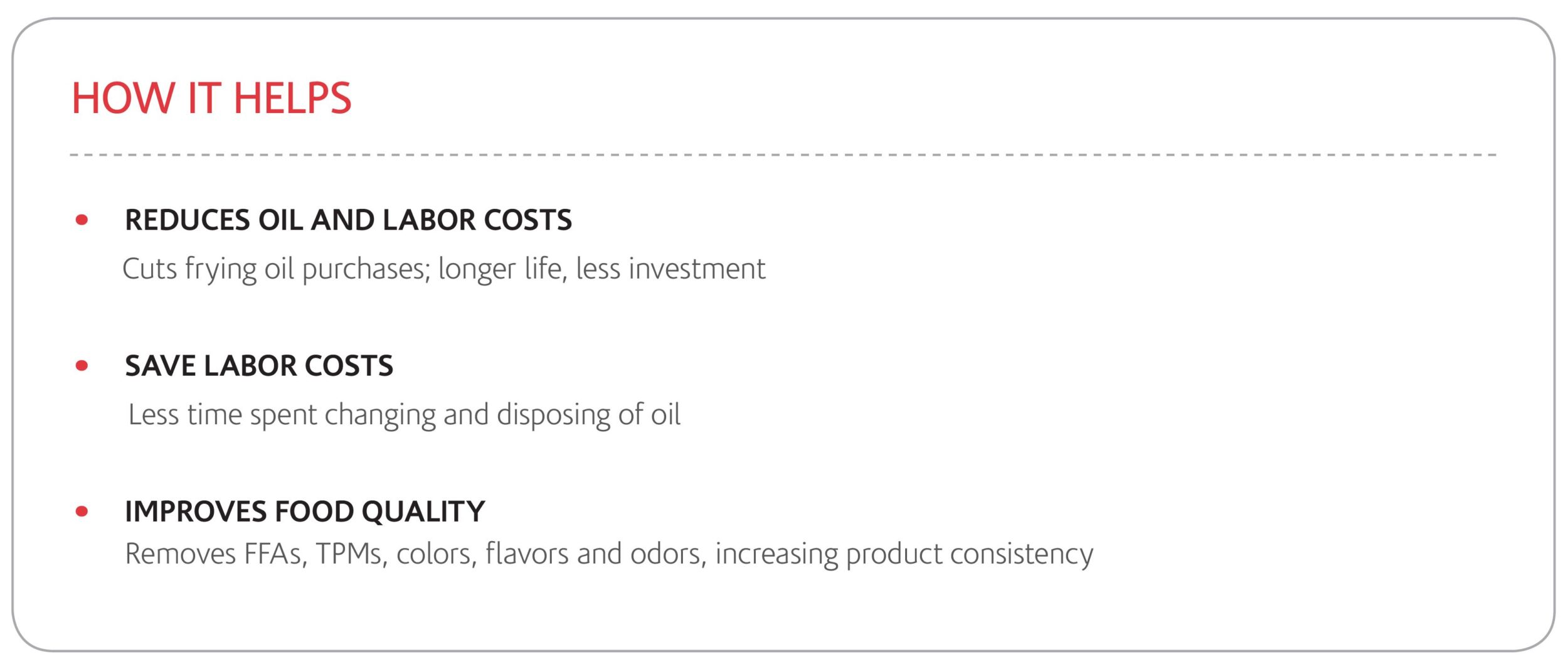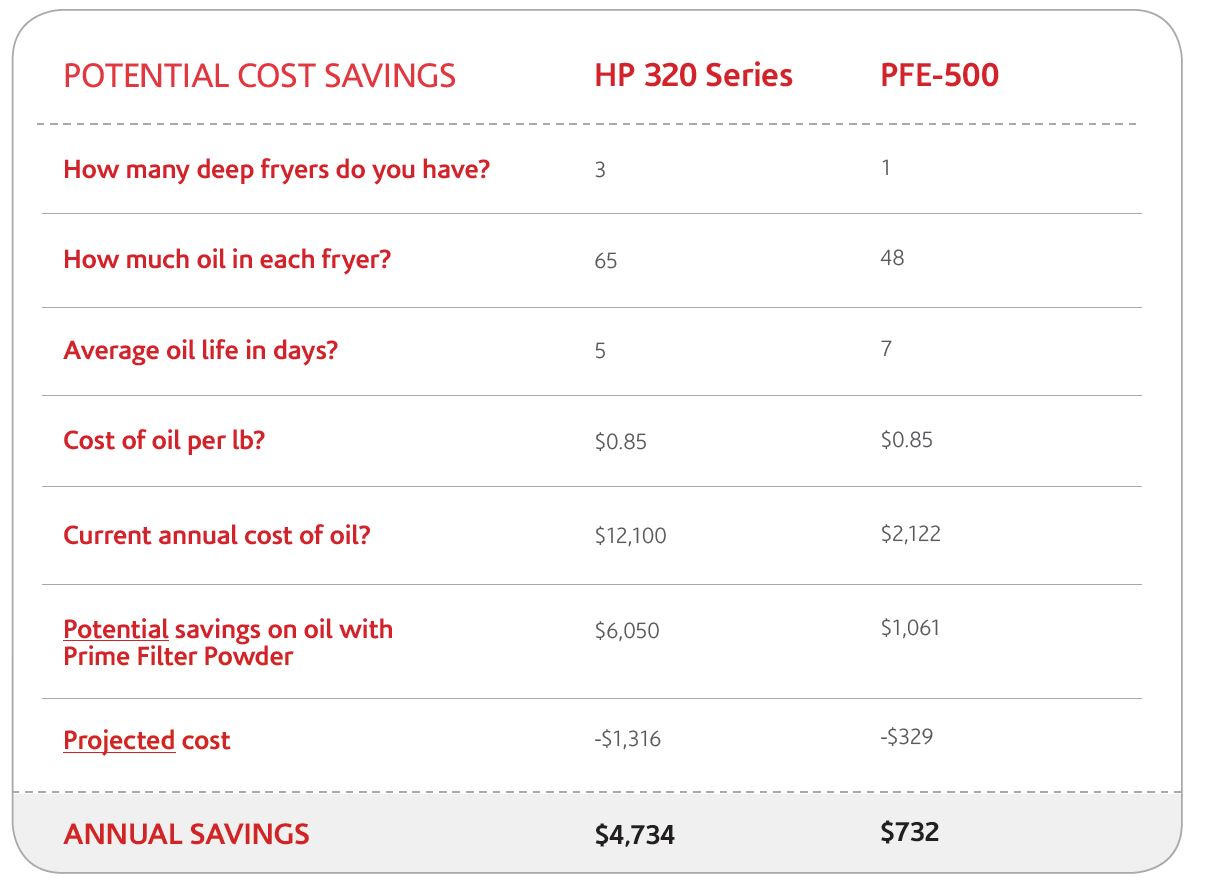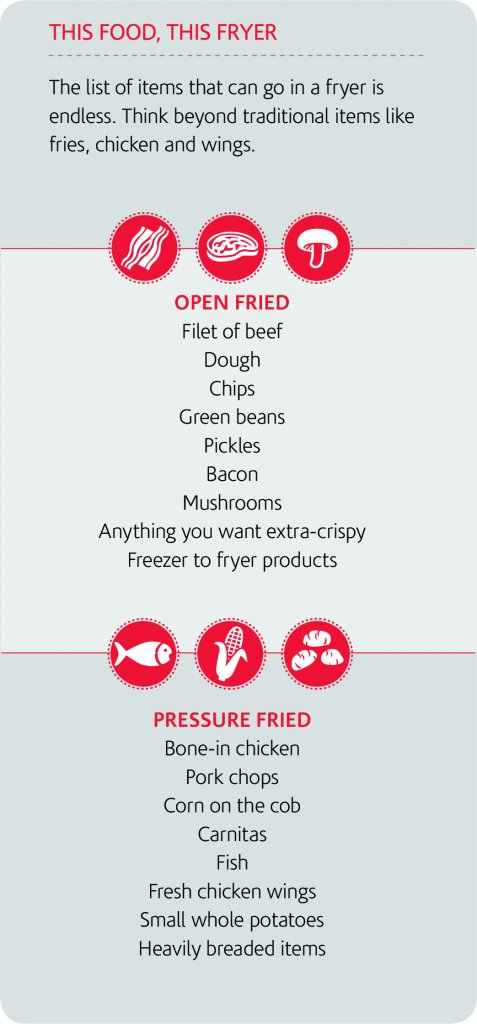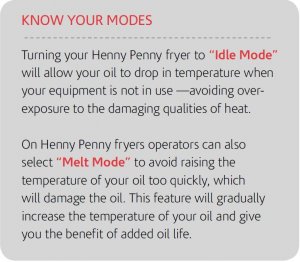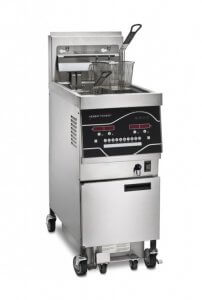
In this series, we will highlight our top 4 best solutions for ghost kitchens.
Less is more with our single-well Evolution Elite, making it the ideal open fryer for any ghost kitchen. A smaller vat that requires 40% less oil means more ROI in the form of oil savings while maintaining the same throughput as a traditional 50 lb vat.
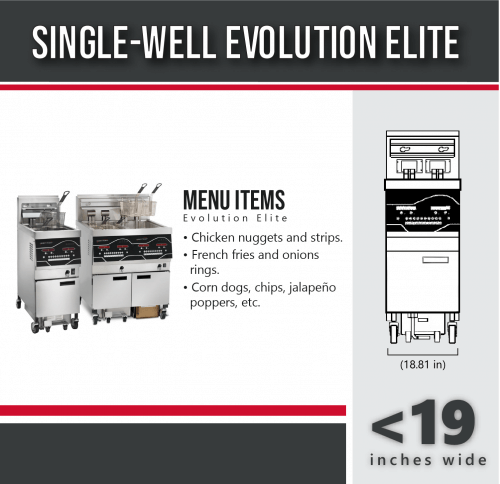
Employees won’t need to spend too much time taking care of the Evolution Elite – top-off-level sensors monitor the oil level and add fresh oil as needed, and Smart Touch Filtration alerts automatically with just one button-push required to activate a 4-minute filter cycle.
Models with two or more wells can filter one vat while cooking in another. Use a single-well fryer to prepare for the rush by pairing with SmartHold to cook in batches and hold for hours. Click here to learn more about the Evolution Elite open fryer.







